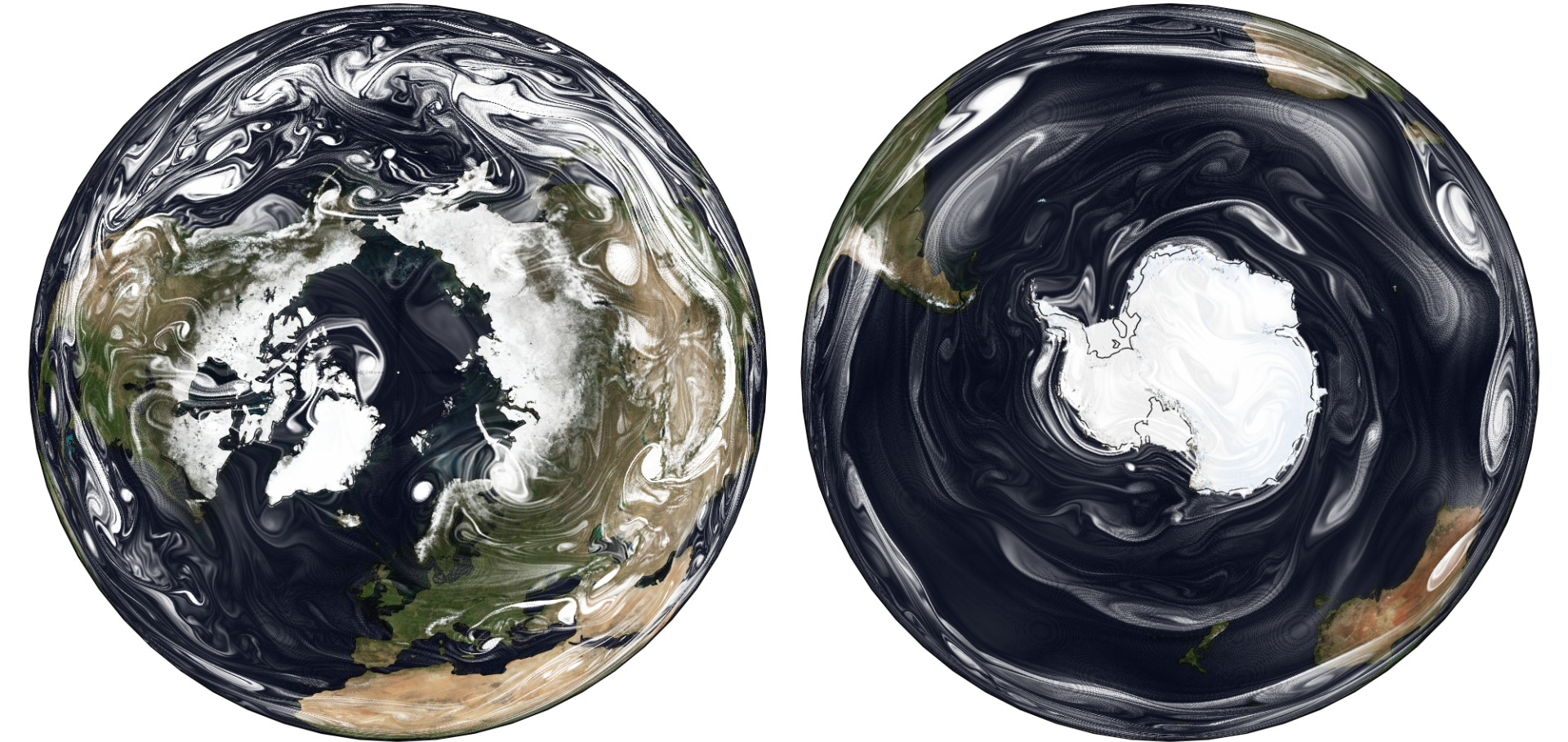Association between feel-like temperatures and injury risk during international outdoor athletic championships: a prospective cohort study on 29 579 athlete starts during 10 championships
Abstract:
Objective: To analyse associations between feel-like temperatures measured with the universal thermal climate index (UTCI) and injury rates during international athletic championships.
Methods: During 10 international outdoor athletic championships from 2007 to 2022, in-competition injuries were collected by medical teams and local organising committees. UTCI was extracted hourly from a global reanalysis of observed atmospheric conditions during each championship. We performed Poisson regressions with incidence rates (number of injuries per 1000 athlete starts) as outcomes and UTCI as a predictive variable adjusted for sex, for all and time-loss injuries, for different injured tissue types (ie, muscle, tendon, ligament, articular, bone and skin) and specific discipline (ie, sprints, hurdles, jumps, throws, middle distance, long distance, marathon and race walking).
Results: A total of 1203 in-competition injuries were reported for 29 579 athlete starts. For all in-competition injuries (ie, all injured tissue types and all disciplines), higher UTCI was associated with lower incidence rates for time-loss injuries (IRR=0.98, 95% CI 0.97 to 0.98) but not for all injuries (IRR=1.00, 95% CI 1.00 to 1.01). Based on injured tissue type with all disciplines included, higher UTCI was associated with lower incidence rates for all (IRR=0.97, 95% CI 0.97 to 0.98) and time-loss (IRR=0.96, 95% CI 0.96 to 0.96) muscle injuries. Based on the specific discipline, higher UTCI was associated with lower incidence rates for all and time-loss muscle injuries for sprints (IRR=0.95, 95% CI 0.95 to 0.96, and IRR=0.94, 95% CI 0.93 to 0.94, respectively), hurdles (IRR=0.97, 95% CI 0.96 to 97, and IRR=0.95, 95% CI 0.94 to 0.96, respectively) and throws (IRR=0.97, 95% CI 0.97 to 0.98).
Conclusions: Higher feel-like temperatures were associated with a decreased risk of time-loss and muscle injuries, particularly in sprints, hurdles and throws. Although the precise mechanism for lower injury rates with higher feel-like temperatures requires further investigation, adapting preparations such as warm-up or clothing to forecasted weather conditions may be of benefit.


